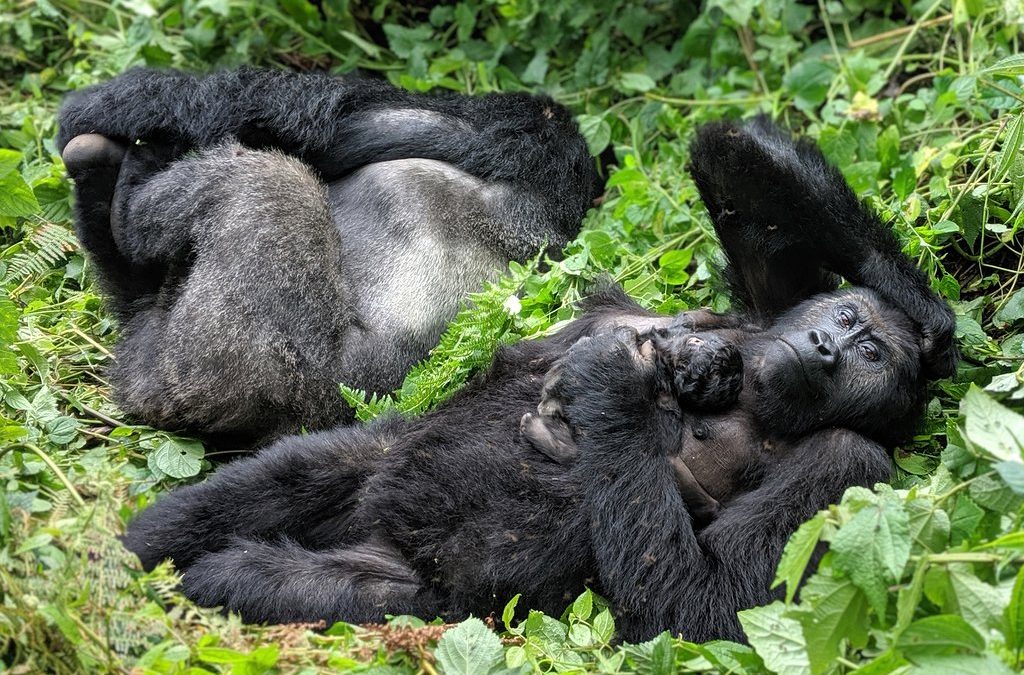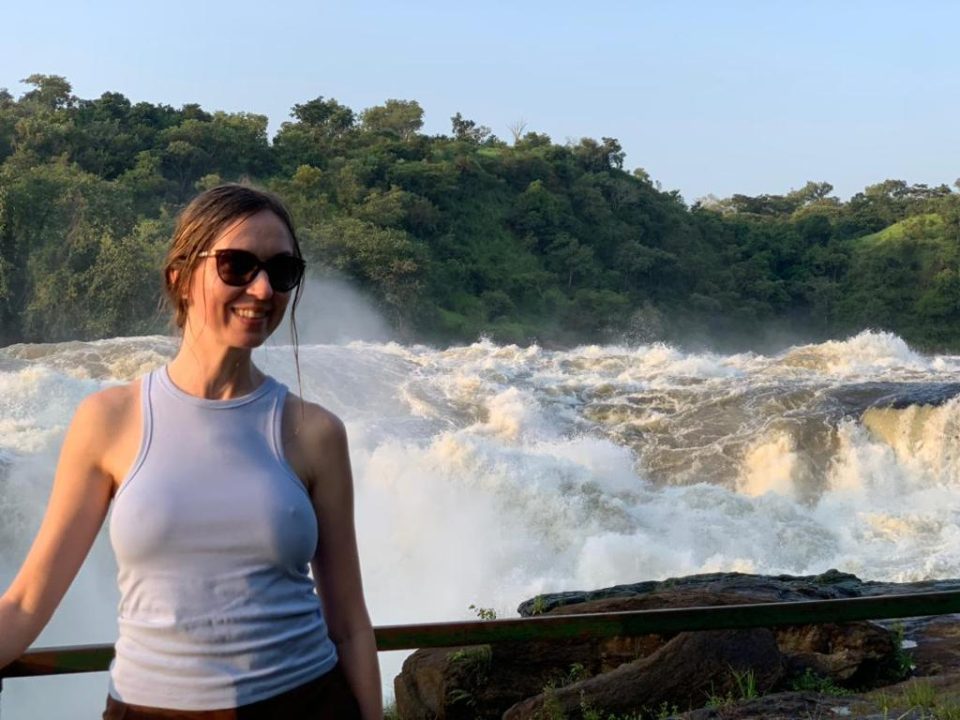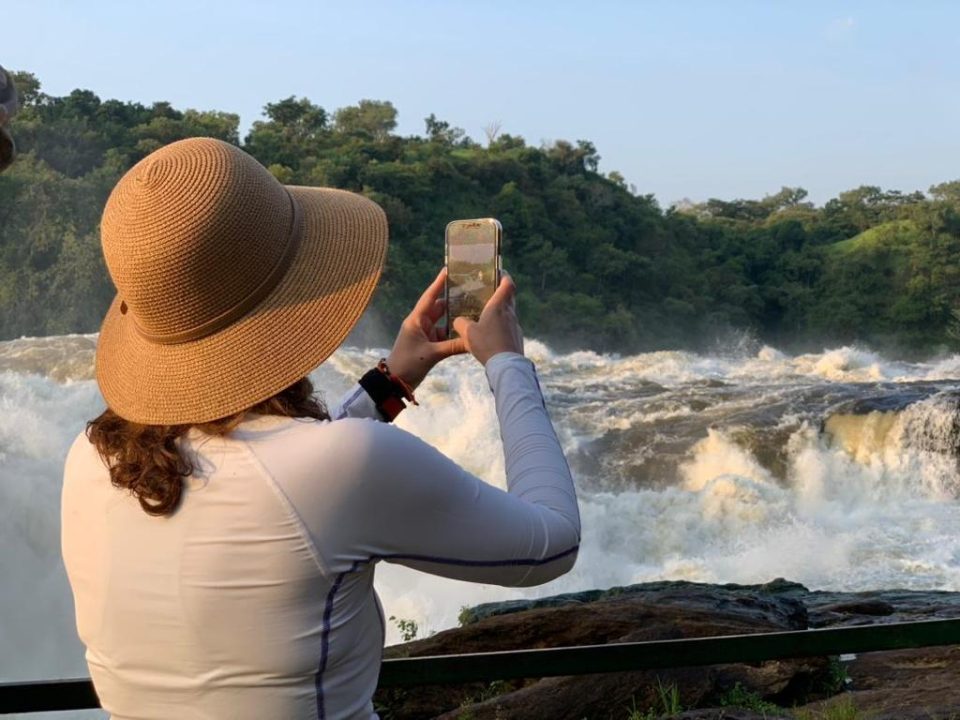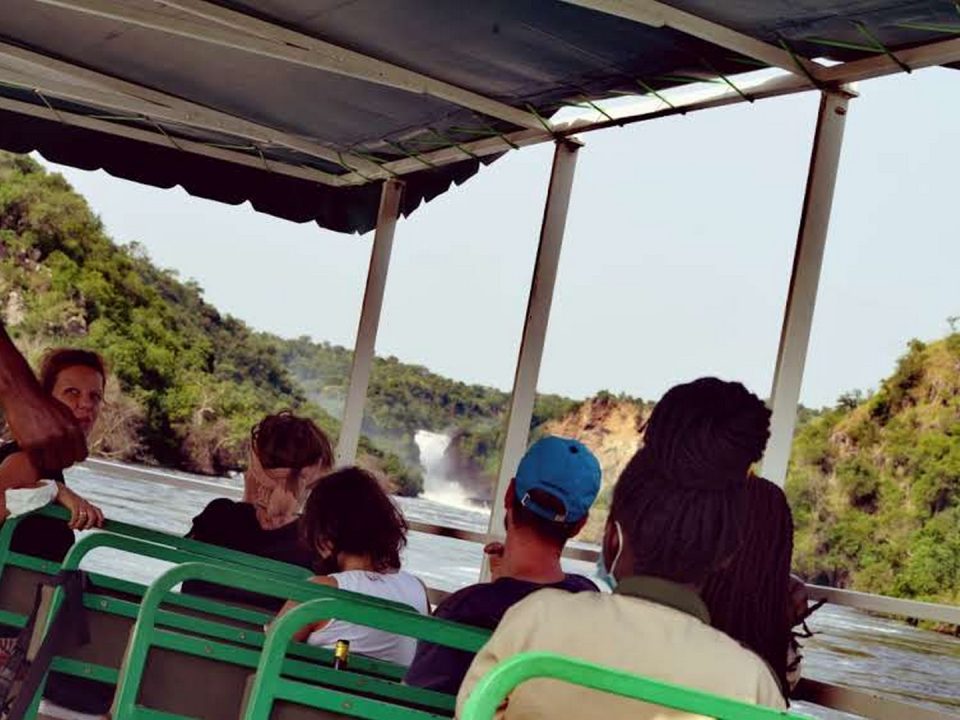
How Much is the Gorilla Trekking Permit in Uganda?
February 21, 2025
What to Expect from Gorilla Trekking in Uganda?
February 21, 2025What Level of Fitness is Needed for Gorilla Trekking?
An In-Depth Guide to the Physical Requirements for Gorilla Trekking by Deks Safaris & Tours Ltd.
What Level of Fitness is Needed for Gorilla Trekking? Gorilla trekking is a once-in-a-lifetime experience that offers the rare opportunity to witness the majestic mountain gorillas in their natural habitat. However, this unforgettable adventure is not a simple walk through the forest; it requires a certain level of physical fitness and mental readiness. At Deks Safaris & Tours Ltd., we believe that preparing for your trek includes understanding the physical demands involved so you can fully enjoy the experience.
In this guide, we’ll break down the physical requirements of gorilla trekking, helping you assess your readiness, and offer tips on how to prepare for this extraordinary adventure.
The Physical Demands of Gorilla Trekking
Gorilla trekking takes place in the lush, rugged terrain of Uganda and Rwanda’s national parks, particularly in Bwindi Impenetrable National Park, Mgahinga Gorilla National Park, and Volcanoes National Park in Rwanda. While the trek itself does not require extreme fitness levels, it does demand stamina, strength, and mental resilience. Here’s what to expect:
Terrain and Elevation Changes
Gorilla trekking is usually conducted in areas with dense vegetation, steep slopes, and uneven terrain. The journey to find a gorilla family can take anywhere from 30 minutes to 8 hours, depending on the location of the gorillas that day. You’ll be walking uphill, downhill, and sometimes on muddy, slippery paths.
In Bwindi Impenetrable National Park, for example, the forest is on steep mountain slopes, and trekkers may need to navigate through thick, wet, and sometimes swampy ground. The trails can be challenging, with some areas requiring you to use your hands to climb over obstacles like tree roots, rocks, and logs. Having the ability to balance, climb, and endure these conditions is crucial for a successful trek.
Physical Endurance for Long Treks
While trekking times vary, the typical trek lasts between 2 and 6 hours, though it can sometimes extend longer depending on the gorillas’ location. You’ll need a good level of endurance to walk for extended periods, especially when trekking at higher altitudes. The trek might not involve strenuous physical exertion the entire time, but it is necessary to be able to push through fatigue if the trek extends beyond expectations.
Trekking at Higher Altitudes
For trekkers visiting Volcanoes National Park in Rwanda or Mgahinga Gorilla National Park, it’s important to note that these parks are located at high altitudes (around 2,500 meters or 8,200 feet above sea level). At these elevations, the air contains less oxygen, which can cause fatigue and shortness of breath for individuals who are not accustomed to higher altitudes. You don’t need to be an expert mountaineer, but it’s important to be mindful of how your body responds to the reduced oxygen levels.
Steady Pace and Mental Stamina
Apart from physical endurance, gorilla trekking also demands mental resilience. The trek can be unpredictable in terms of difficulty, and trekkers need to maintain a steady pace, keep their focus, and be prepared for moments of challenge. The physical exertion, combined with the excitement of tracking a gorilla family, can make for a mentally demanding journey. Having the ability to maintain patience and focus on the task at hand is key to a fulfilling trekking experience.
Fitness Level Recommendations for Gorilla Trekking
While gorilla trekking does not require professional athleticism, a moderate level of physical fitness is recommended. Here’s a breakdown of what you should consider in assessing your fitness level:
Cardiovascular Fitness
Cardiovascular fitness is essential for maintaining the stamina needed to trek through Uganda’s or Rwanda’s dense forests. To prepare, engage in activities that elevate your heart rate, such as brisk walking, jogging, swimming, or cycling. Aim for at least 30 minutes of cardiovascular exercise three to four times a week. This will help improve your endurance and help you cope with extended trekking times.
If you are planning a trek at higher altitudes, like in Volcanoes or Mgahinga National Parks, focus on aerobic exercises that simulate hiking or walking uphill, such as stair climbing or incline walking, to build endurance and improve your cardiovascular capacity.
Strength and Leg Conditioning
Because gorilla trekking involves steep, uneven terrain, strong legs are crucial. Incorporate leg exercises like squats, lunges, and step-ups into your fitness routine to build strength and stability. Strengthening your legs will help you move efficiently on uneven surfaces and minimize fatigue during the trek.
It’s also helpful to focus on core strengthening exercises to improve your balance and stability when navigating the forest floor. Planks, yoga, and Pilates are great options to enhance your core strength.
Flexibility and Mobility
Flexibility is another important aspect of physical preparation. Gorilla trekking can involve bending, reaching, and stretching to move through thick vegetation or climb over obstacles. Regular stretching exercises will help improve your range of motion and reduce the risk of injury during the trek.
Yoga and dynamic stretching are excellent for increasing flexibility, particularly in the hips, hamstrings, and lower back—key areas that are involved in walking and bending during the trek.
Mental Preparedness and Resilience
While the physical aspects of gorilla trekking are important, the mental challenge is equally significant. Be prepared for unexpected changes in the trek’s difficulty level and potential delays in finding the gorillas. Trekking can be exhausting, especially in hot and humid weather, and mental resilience will help you push through tough moments.
Practice mindfulness and focus on your goals to stay motivated. Also, ensure you bring a positive attitude, patience, and excitement about the adventure—mental preparation can make all the difference.
How to Prepare for Gorilla Trekking
Start Your Fitness Regimen Early
It’s recommended that you start training for your trek at least 6 to 8 weeks before your departure. This gives you ample time to build cardiovascular fitness, strength, and flexibility. Even if you are moderately active, focusing on trekking-specific exercises will make a difference in how you feel during the trek.
Practice Hiking or Walking
If possible, try to practice hiking or walking on similar terrain. You can seek out local trails or forest paths to mimic the environment of a gorilla trek. The more you practice, the more comfortable you’ll feel walking for hours through rough terrain.
Consult with a Healthcare Provider
If you have any pre-existing medical conditions or concerns about your fitness level, it’s always a good idea to consult with a healthcare provider before embarking on a gorilla trek. They can help you assess your readiness and provide specific advice on how to prepare physically for the trek.
Conclusion
While you don’t need to be an elite athlete to embark on a gorilla trekking adventure, a reasonable level of physical fitness is important for a safe and enjoyable experience. At Deks Safaris & Tours Ltd., we recommend that you prepare your body with a combination of cardiovascular training, strength conditioning, flexibility exercises, and mental resilience. By training appropriately, you’ll increase your chances of having a memorable and fulfilling experience as you come face-to-face with the majestic mountain gorillas in their natural habitat.
Let your fitness preparation be the first step in what promises to be an extraordinary journey.





